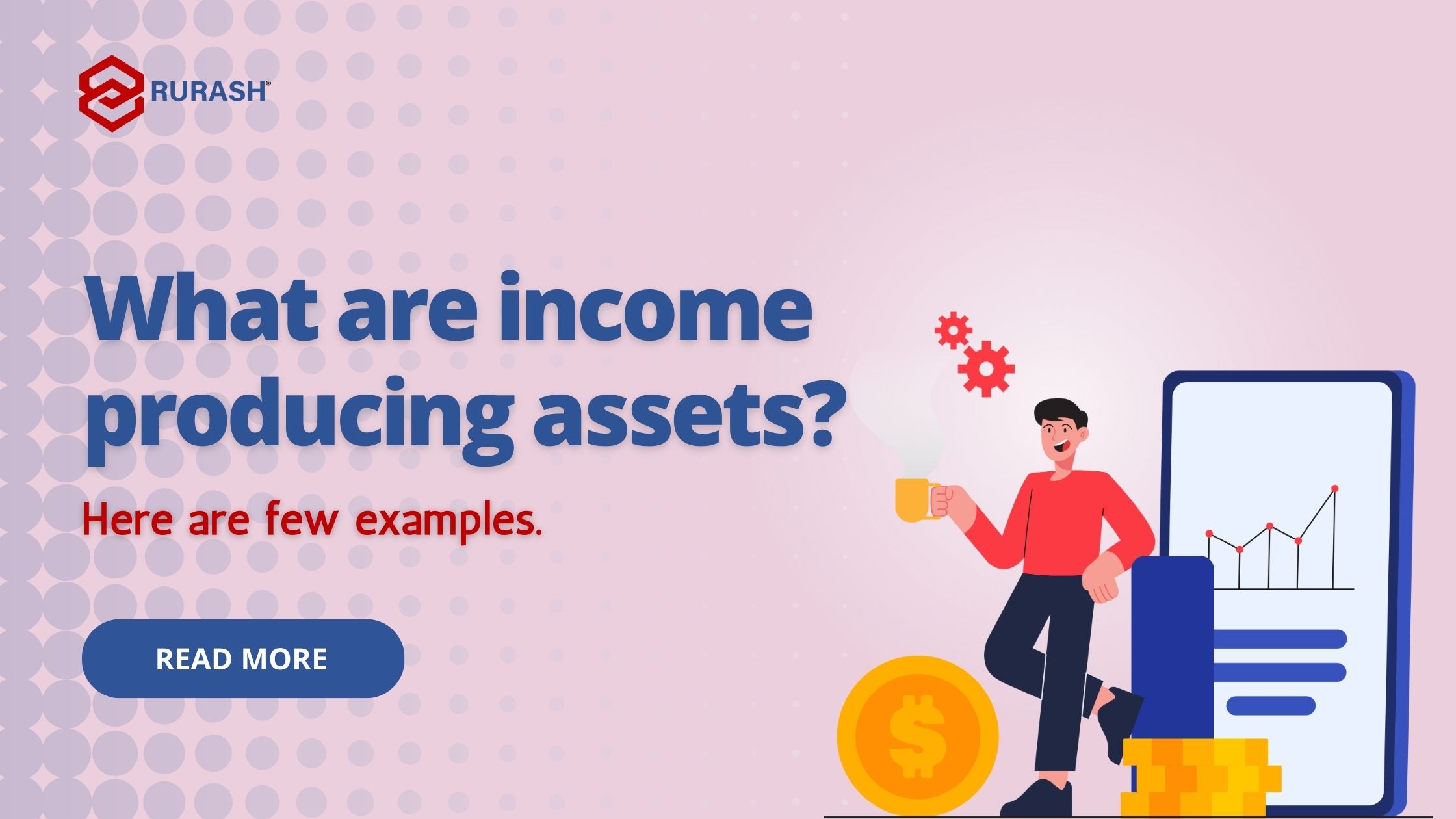Owning assets is a universal concept, but only a few master the art of ensuring they don’t turn into liabilities. The distinction between assets and liabilities is a simple tale of ownership versus indebtedness.
Consider your home, for instance – a tangible asset that you own outright. Now, envision it not as just a place to live but as a potential source of income. This shift in perspective encapsulates the essence of income-producing assets.
While this concept is straightforward, the advent of a credit culture has somewhat blurred the line between assets and liabilities. Despite this, it’s crucial to recognize income-producing assets as the medium to financial growth.
Let’s delve into examples of such assets in India, shedding light on their features and benefits.
Understanding Income-Producing Assets
Income-producing assets generate returns for the owner, making them a valuable addition to any investment portfolio. These assets come in various forms, each offering distinct advantages and risks.
Let’s explore some prominent examples:
1) Corporate Bonds:
Just as the government issues bonds to raise funds, companies follow suit with Corporate Bonds. These debt instruments serve as a means for companies to meet their short-term funding needs. When an investor purchases a corporate bond, an agreement is established for a fixed period. At maturity, the company repays the principal amount along with interest, typically paid annually, quarterly, or monthly.
Why Consider Corporate Bonds?
- Higher Returns: Corporate bonds often offer better returns compared to fixed deposits and debt mutual funds.
- Diversification: They provide a diversified investment option beyond traditional avenues.
Risk Factors and Considerations:
- Riskier Nature: Corporate bonds carry a higher risk compared to government bonds.
- Research Requirement: Investors should analyze factors like CRISIL value, coupon rate, face value, last traded price, and Yield to Maturity (YTM).
At Rurash Financials, we prioritize your investments with a focus on stability. Our well-researched recommendations exclusively lead you to bonds with AAA-A ratings from accredited credit rating agencies.
2) Certificates of Deposit
Certificates of Deposit (CDs) are low-risk assets offered by banks. Investors essentially lend money to the bank for a specified period, earning interest on the deposit. At the end of the tenure, the investor receives the principal amount along with the accrued interest.
Why Consider Certificates of Deposit?
- Low-Risk Investment: CDs are known for their low-risk nature.
- Stable Returns: While interest rates may be lower than market returns, the stability attracts risk-averse investors.
Risk Factors and Considerations:
- Lower Returns: Interest rates on CDs may be lower compared to other investment options.
- Fixed Tenure: Liquidity can be a constraint as the investment is locked in for a specific period.
3) Stocks Paying Dividends
Stocks represent ownership in a business, and they can generate income through price appreciation and dividend payouts. Dividend-paying stocks offer a predictable income stream, making them an attractive option for investors seeking stability.
Why Consider Stocks Paying Dividends?
- Predictable Income: Dividend payouts provide a regular income without active involvement.
- Equity Growth: Dividend stocks often come with the potential for capital appreciation.
Risk Factors and Considerations:
- Market Dependency: Dividend payouts can be influenced by market conditions.
- Stock Volatility: Equities, even dividend-paying ones, are subject to market fluctuations.
4) Peer-to-Peer Lending:
Peer-to-peer lending platforms connect borrowers directly with lenders, eliminating the need for traditional financial institutions. Investors can earn returns by lending money to individuals or businesses.
Why Consider Peer-to-Peer Lending?
- Diversification: Adds diversity to the investment portfolio.
- Moderate Returns: Offers potential returns of five to seven percent annually.
Risk Factors and Considerations:
- Contractual Risks: Some borrowers may default on their obligations.
- Moderate Risk Profile: While not high-risk, peer-to-peer lending carries a moderate level of risk.
5) Gold: A Timeless Investment
Gold has stood the test of time as a haven for investors. Besides physical gold, investors can opt for paper gold or Gold exchange-traded funds (ETFs).
Why Consider Gold?
- Historical Stability: Gold has maintained its value during economic uncertainties.
- Diverse Investment: Gold ETFs provide a cost-effective alternative to physical gold.
Risk Factors and Considerations:
- Market Dependency: Gold prices can be influenced by global economic conditions.
- Storage Costs: Physical gold may incur storage expenses.
Choosing Your Investment Path: Balancing Risk and Returns
The thumb rule in investing is simple – the higher the risk, the higher the potential returns. Riskier assets like cryptocurrencies, stocks, and private equity investments can yield significant rewards, but they come with elevated risks. Conversely, safer assets such as bank deposits and pension plans offer stable returns over time.
As you navigate the landscape of income-producing assets, it’s essential to align your investment choices with your risk tolerance and financial goals. Diversification across various asset classes can be a prudent strategy to mitigate risk and optimize returns.
In conclusion, income-producing assets play a pivotal role in wealth creation. By understanding the features, benefits, and risks associated with each asset class, investors can make informed decisions that align with their financial objectives. Remember, the journey to financial prosperity involves striking the right balance between risk and reward.
Choose Rurash Financials for a seamless and informed investment experience. From personalized guidance to a diverse range of investment options ranging from corporate bonds to listed and unlisted equity, we are your trusted partner in wealth creation. Simplify the process, stay informed with research reports, and benefit from transparent valuations.

